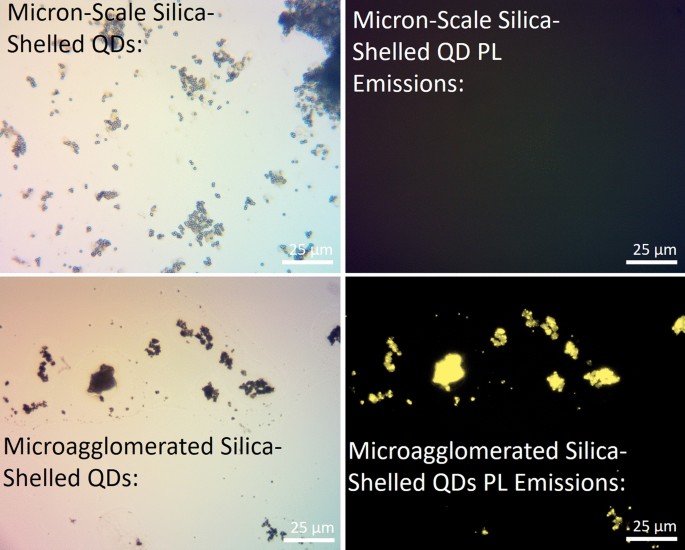2022-11-22 ペンシルベニア州立大学(PennState)
サイト横断的な分析を行うために、研究者らは、米国本土の100以上の最小限の乱れを持つ河川の平均溶存無機炭素(DIC)濃度、流域特性、気候、平均流量に関するデータを調査した。個別のサイト分析では、100以上の河川と、土壌の二酸化炭素のデータがある6つのサイトのDIC濃度と流出量に注目した。瞬間的な値は特定の瞬間を表し、DICがどのように輸送されるかの短期的なダイナミクスを知ることができる。
研究者らは、ほぼすべての地点で、DICの瞬間的な濃度が流出量とともに減少することを見いだした。
100以上の河川のデータを比較したクロスサイト解析では、長期平均DIC濃度は、湿度の高い場所よりも乾燥した場所で高いことが分かった。これは、気候がDIC濃度にこれまで考えられていたよりも大きな影響を及ぼしていることを示している。
今回の分析では、気候がDIC濃度の主要な要因であることが分かった。
<関連情報>
- https://www.psu.edu/news/engineering/story/climate-plays-large-role-carbon-release-streams-researchers-find/
- https://agupubs.onlinelibrary.wiley.com/doi/10.1029/2022GB007351
土壌CO2は短期的な変動を制御するが、気候は河川の無機炭素の長期的な平均値を制御する。 Soil CO2 Controls Short-Term Variation but Climate Regulates Long-Term Mean of Riverine Inorganic Carbon
Bryn Stewart,Wei Zhi,Kayalvizhi Sadayappan,Gary Sterle,Adrian Harpold,Li Li
Global Biogeochemical Cycles Published: 12 August 2022
DOI:https://doi.org/10.1029/2022GB007351

Abstract
The evasion of CO2 from inland waters, a major carbon source to the atmosphere, depends on dissolved inorganic carbon (DIC) concentrations. Our understanding of DIC dynamics across gradients of climate, geology, and vegetation conditions however have remained elusive. To understand its large-scale patterns and drivers, we collated instantaneous and mean (multiyear average) DIC concentrations from about 100 rivers draining minimally-impacted watersheds in the contiguous United States. Within individual sites, instantaneous concentrations (C) measured at daily to seasonal scales exhibit a near-universal response to changes in river discharge (Q) in a negative power law form. High concentrations occur at low discharge when DIC-enriched groundwater dominates river discharge; low concentrations occur under high flow when relatively DIC-poor shallow soil water predominates river discharge. Such patterns echo the widely observed increase of soil CO2 and DIC with depth and the shallow-and-deep hypothesis that emphasizes the importance of flow paths and source water chemistry. Across sites, mean concentrations (Cm) decrease with increasing mean discharge (Qm), a long-term climate measure, and reachs maxima at around 200 mm/yr. A parsimonious model reveals that high mean DIC arises from soil CO2 accumulation when rates of DIC-generating reactions are relatively high compared to its export fluxes in arid climates. Although instantaneous and mean DIC concentrations similarly decrease with increasing discharge, results here highlight their distinct drivers: daily to seasonal-scale instantaneous concentration variations (C) are controlled by subsurface CO2 distribution over depth (from below), whereas long-term mean concentrations (Cm) are regulated by climate (from above). The results emphasize the significance of land-river connectivity via subsurface flow paths. They also underscore the importance of characterizing subsurface CO2 distribution to illuminate belowground processes in order to project the future of water and carbon cycles in a warming climate.
Key Points
- Within individual sites, instantaneous dissolved inorganic carbon (DIC) (C) exhibits a near-universal dilution pattern with lower concentrations at high discharge (Q)
- Across sites, DIC (Cm) similarly exhibits a dilution pattern with a lower mean concentration at high mean discharge (Qm) in humid climates
- Albeit similar patterns, results highlight distinct drivers of instantaneous and mean concentrations by subsurface CO2 profiles and climate, respectively



